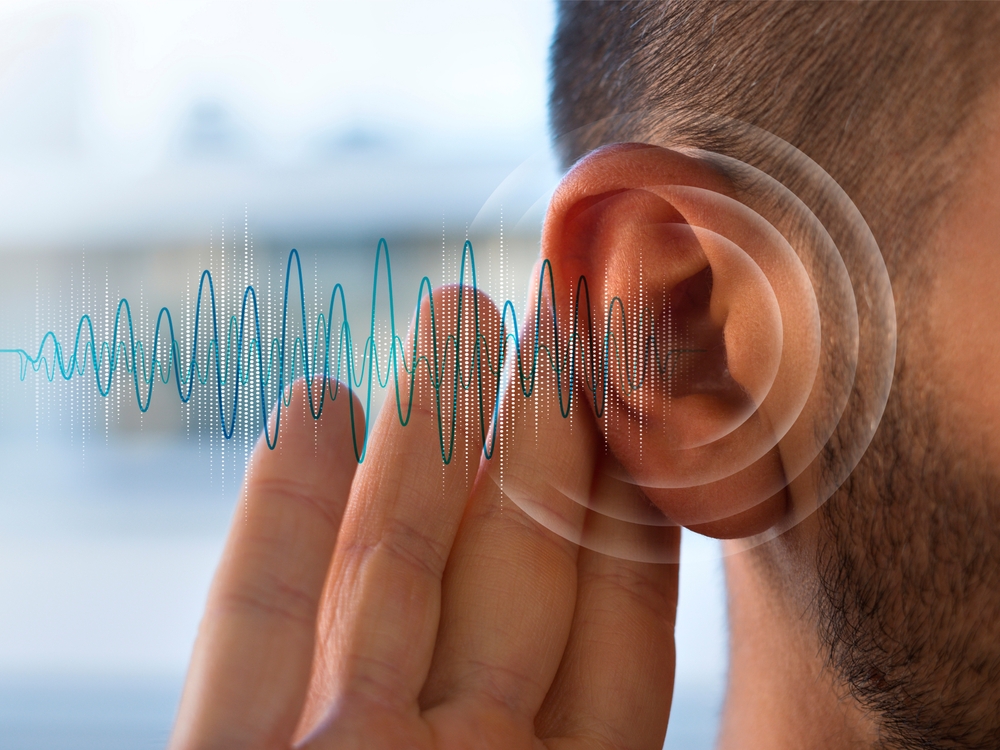
Our ears are frequently what carry the load of unintentional harm from neglect in our busy day-to-day lives. There are some common but hazardous practices, including using cotton swabs and ear candling, that will put your hearing health at risk. Below, we explore four essential ways to safeguard your sense of hearing and keep your ears healthy.
Bid farewell to ear candling
Ear candling, an ancient practice purported to remove earwax and promote ear health, has gained popularity despite lacking scientific merit. The process involves inserting a hollow candle inside of the ear canal and lighting the opposite end, with the notion that a vacuum is created, pulling out impurities. This practice, however, has been proven in a number of studies to not only be ineffective, but also quite risky.
You may be putting your hearing in jeopardy by using a practice that won’t even eliminate any earwax. Burns to the delicate ear structures, perforated eardrums, and exacerbation of existing problems can all be consequences of this practice. Usually, if you notice any wax after ear candling, it will be from the candle itself rather than your ears.
Medical professionals always warn against ear candling because of these findings. There are safer methods of cleaning your ears than cotton swabs and the FDA and the Academy of Otolaryngology (AAO) advise against using them.
No more cotton swabs
It’s true that lots of individuals turn to these seemingly innocuous tools to clean earwax out of their ears. However, contrary to public opinion, inserting cotton swabs into the ear canal poses more risks than benefits. Rather than effectively removing earwax, swabs can inadvertently jam wax deeper into the ear canal, resulting in impaction and possible injury.
The delicate nature of the eardrum makes it vulnerable to damage from outside objects, including cotton swabs. Pain, infection, and hearing impairment can all be the results of perforations or abrasions of the eardrum. To avoid these complications, it is beneficial to steer clear of inserting any objects into the ear canal and instead rely on the ear’s self-cleaning systems or seek professional assistance if needed.
Mind the volume: safeguard against loud noise
It’s a loud world we live in and our ears are constantly being assaulted by sounds of all different volumes. Exposure to loud sound is unavoidable, from going to sporting events and concerts to strolling down noisy city streets to mowing your lawn. Over-exposure to loud sounds like these can have negative effects on your hearing health leading to tinnitus and noise-related hearing loss.
It’s essential to use hearing protection and, if possible, avoid overly loud settings in order to avoid damage. Whenever you can’t steer clear of really loud noise, protection like earplugs and earmuffs should be utilized.
Additionally, when utilizing personal audio devices, such as headphones or earbuds, maintaining a moderate volume and taking regular breaks can help maintain hearing health.
If you observe any symptoms, act promptly
Taking quick action when your ears begin to tell you that you’re starting to experience some level of hearing loss is critical to protect your ears from damage. If you wait to get your hearing loss treated you will most likely exacerbate the issue.
If you have symptoms like ringing in the ears, trouble understanding speech, or pain or pressure in your ears, it’s important that you recognize it. Make an appointment with us as soon as possible if you encounter any of these symptoms. Early detection and intervention can significantly improve outcomes and improve your quality of life.
Your ability to effectively navigate the landscape of your life is dependent on you keeping your hearing as healthy as you can. By adopting these four strategies, avoiding ear candling and cotton swabs, protecting against loud noise, and understanding early warning signs, we can preserve our precious sense of hearing and cherish the symphony of sounds that enrich our existence.
Call us today for an evaluation if you are suffering from ear damage or hearing loss.